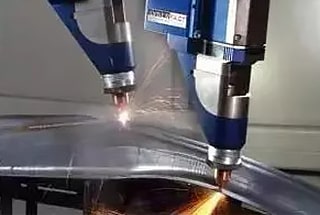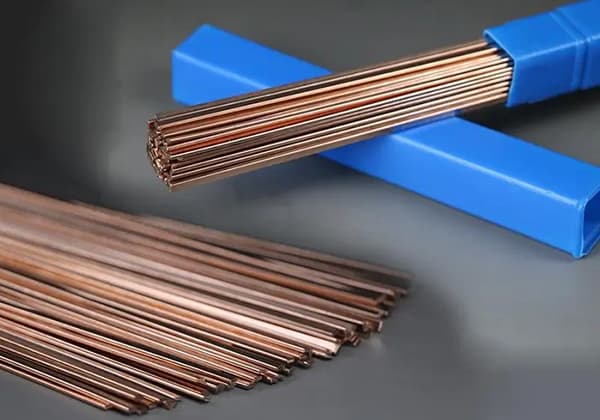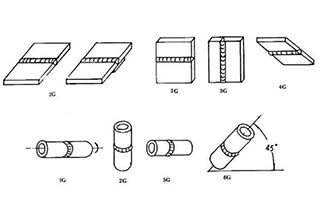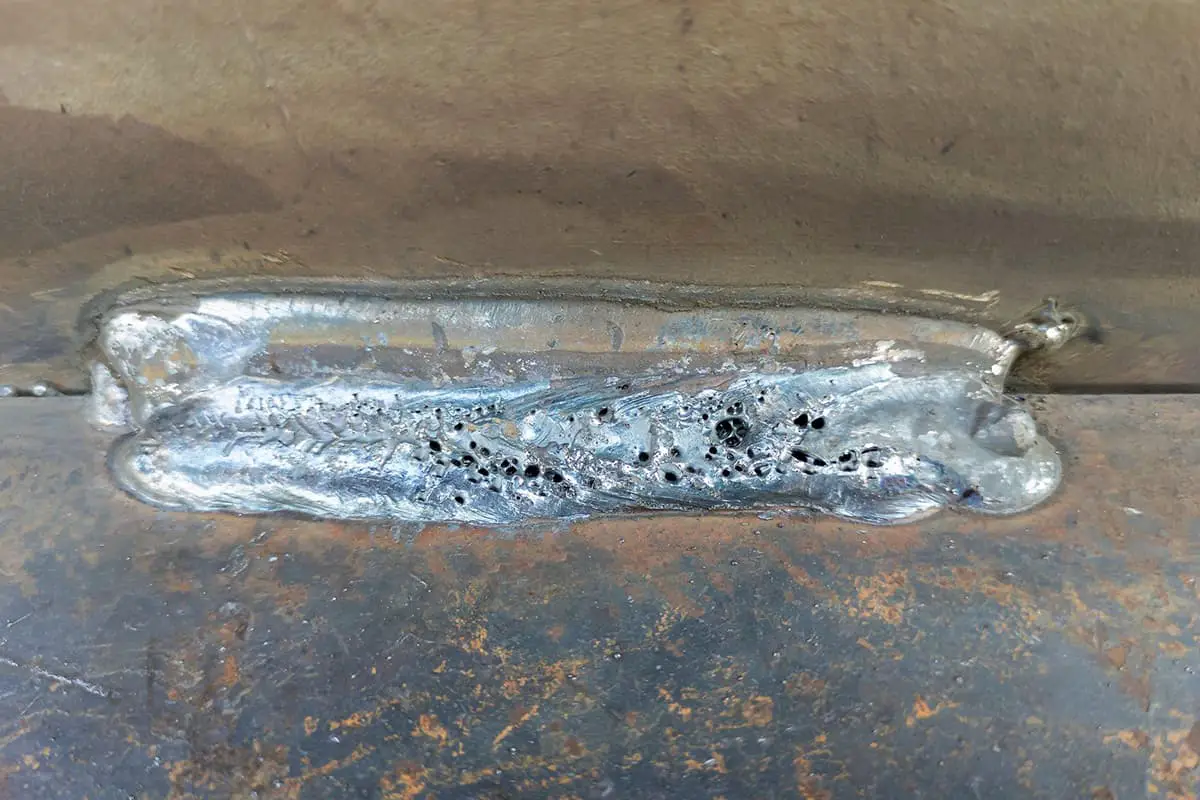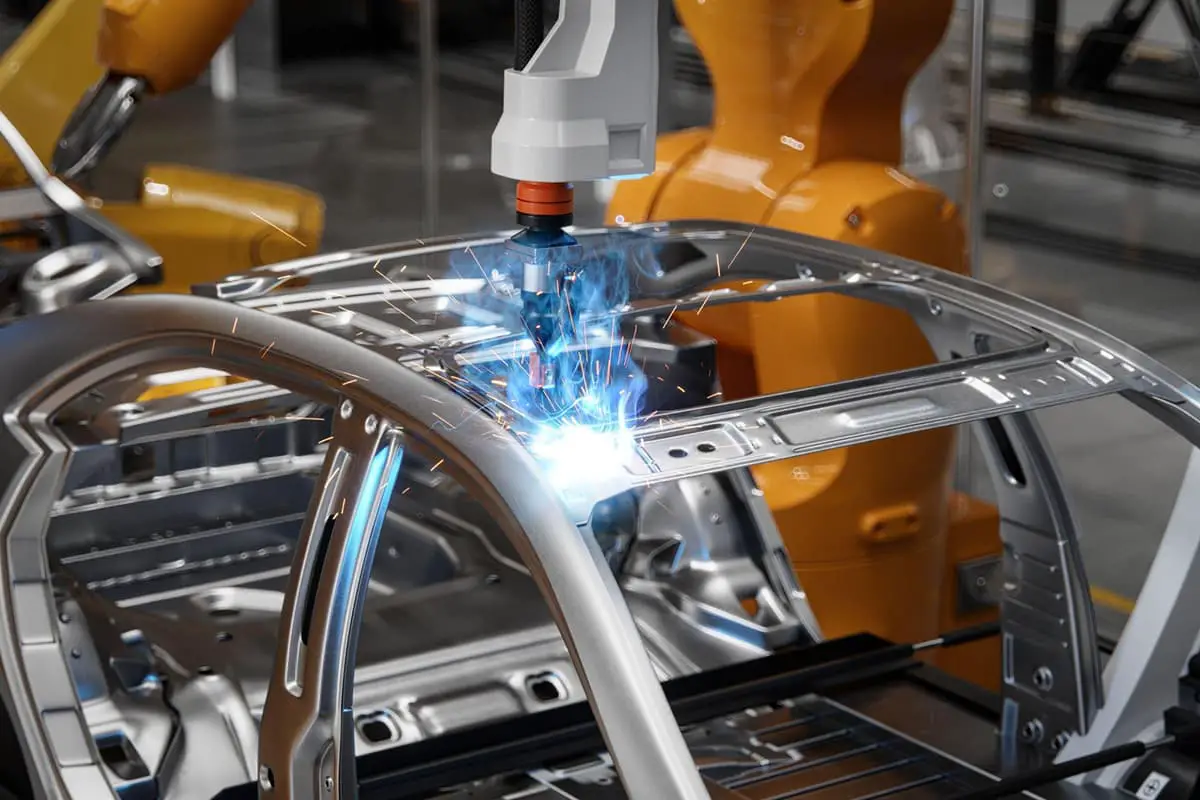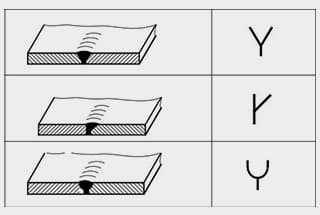
Ever wondered what makes certain materials withstand the harshest environments? Meet Hastelloy C-276, a marvel in the world of corrosion-resistant alloys. This article will explore its unique properties, applications, and essential welding precautions. Get ready to uncover the secrets behind this engineering wonder and learn how it stands up to the toughest challenges.
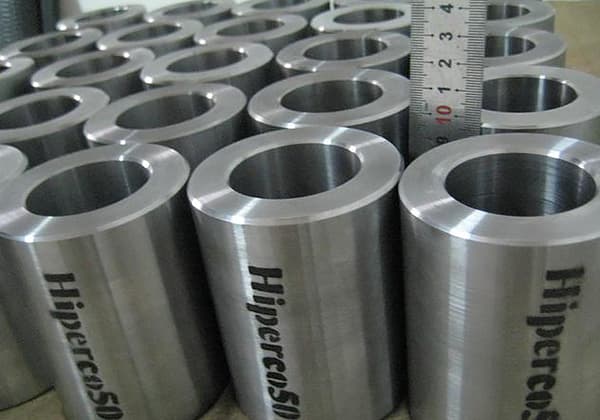
Hastelloy C-276, also known as UNS N10276 or C276, is one of the most common nickel-based corrosion-resistant alloys. It is suitable for use in the chemical industry with various oxidizing and reducing media. Its high content of molybdenum and chromium enables the alloy to resist chloride ion corrosion, and the addition of tungsten further enhances its corrosion resistance.
Hastelloy C-276 is one of the few materials that can resist corrosion from wet chlorine gas, hypochlorite, and chlorine dioxide solutions. It also exhibits significant resistance to highly concentrated chloride salt solutions such as ferric chloride and cupric chloride.
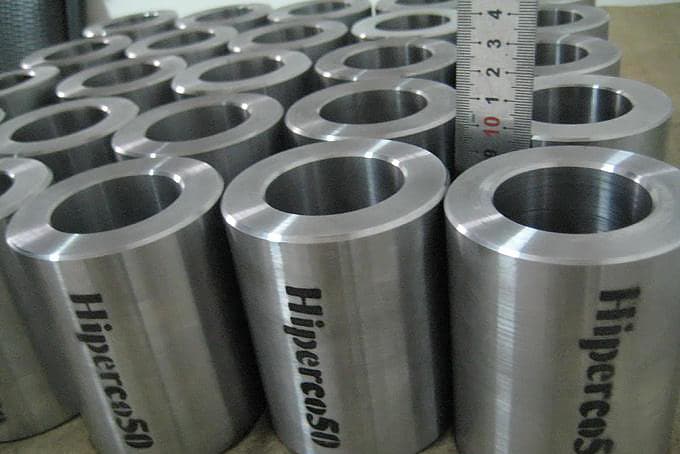
Applications where Hastelloy C-276 can be used include:
There are 9 main considerations to keep in mind when welding Hastelloy C-276 alloy, which can be summarized as follows:
As the surface of the Hastelloy alloy is likely to contain impurities and oxides, the welding area must be cleaned prior to welding. Manual cleaning can be done using angle grinders to clean the area until metal shine is visible.
It is recommended that the cleaning width should be at least 100mm to ensure that impurities do not enter the weld zone.
Direct current positive connection is generally used for welding. When using DC positive connection, the tungsten electrode temperature is low, the allowable current is large, and the tungsten electrode loss is small.
The tungsten electrode end is ground to 30°, and the head is ground slightly flat.
Measures must be taken to minimize the corrosion resistance degradation of the weld and the heat-affected zone, such as tungsten inert gas welding (GTAW), metal inert gas welding (GMAW), submerged arc welding, or other welding methods that can minimize the corrosion resistance degradation of the weld and heat-affected zone.
Special Steel 100 Seconds” suggests that the argon gas protection effect is significant: good protective effects, concentrated heat, good weld quality, small heat-affected zone, and small weld distortion, making the weld and heat-affected zone have the minimum corrosion resistance degradation.
Machine processing is the preferred method for welding grooves, and cold processing is preferable to ensure that the processing surface’s shape, size, and roughness meet the pattern requirements or welding process specifications.
Pre-welding groove mechanical processing will cause work hardening, so it is necessary to grind the groove before welding. The welding groove should not have defects such as delamination, folding, cracks, or tearing.
The metal surface of the welding groove and the 50mm width on both sides should be polished to remove oxide colors. Solvents such as ethanol, acetone, or propanol should be used to clean the pollutants such as grease, water, and chalk marks.
The solvent brush should be a leather or cellulose sponge that does not shed when cleaned. Special Steel 100 Seconds” suggests that unnecessary welding materials and harmful substances on workers’ clothing and shoes should not come into contact with the workpiece to avoid polluting the workpiece.
It is recommended to use ERNiCrMo-4 welding wire and ENiCrMo-4 welding rod. This welding wire has excellent corrosion resistance and process performance. Its chemical composition is similar to the base metal and contains higher manganese than the base metal.
When welding, it can improve crack resistance and control porosity. The super low carbon content provides protection against intergranular corrosion.
Welding materials table
| Base material | American Welding Society Standard (AWS) | |
| SMAW Welding electrode | GTAW Welding wire | |
| C276 and C276 | ENiCrMo-4 | ER NiCrMo-4 |
| C276 and carbon steel or low alloy steel | ENiCrMo-3 ENiCrMo-4 | ERNiCrMo-3 ERNiCrMo-4 |
Preheating is generally not required when welding Hastelloy alloys at room temperature, unless the air temperature is below freezing or there is moisture accumulation. If preheating is necessary, the temperature should only be raised to 30-40°C.
During welding, if the weld metal is exposed to high temperatures (375-875°C) for a long period of time, it will form Fe-Cr metal compounds, known as sigma phase. The sigma phase is extremely hard and brittle, and is distributed at grain boundaries, causing a decrease in the impact toughness and embrittlement of the weld metal.
When using multi-layer welding, the interpass temperature must be kept below 90°C to prevent the sigma phase from forming due to prolonged exposure to temperatures between 375-875°C.
To reduce welding heat input, use the smallest possible welding current and a quick welding method. Additionally, due to the tendency of Hastelloy alloys to crack at the arc start, the arc crater must be fully filled.
Before restarting the arc, the previous arc crater should be ground, and then cleaned with a soft-bristle brush before continuing with the subsequent welding. These two treatment methods can suppress the generation of heat cracks.
The welded joint is prone to intergranular corrosion, including intergranular corrosion of the weld seam, “knife corrosion” near the fusion line, and intergranular corrosion of the sensitization temperature in the heat-affected zone.
However, in extremely harsh environments, C-276 materials and welded parts need to be solution heat treated to achieve the best corrosion resistance.
The solution heat treatment of Hastelloy C-276 alloy material involves two processes, according to “Special Steel 100 Seconds”:
(1) Heating at 1040-1150°C;
(2) Rapidly cooling to a black state (around 400°C) within two minutes.
The material treated in this way has excellent corrosion resistance. Therefore, performing stress relief heat treatment on only Hastelloy C-276 alloy is ineffective. All dirt that may produce carbon elements during the heat treatment process, such as oil stains on the surface of the alloy, must be cleaned before heat treatment.
During welding or heat treatment of Hastelloy C-276 alloys, oxides may be produced on the surface of the alloy, causing a decrease in the Cr content and affecting its corrosion resistance.
Therefore, the surface must be cleaned. Stainless steel wire brushes or grinding wheels can be used, followed by immersion in a mixed solution of nitric acid and hydrofluoric acid in the appropriate proportion for pickling, and finally rinsed with clean water.
Processing tools should be nickel alloy specific cleaning tools. These tools should be stored separately and clearly marked to prevent confusion with other tools.
Avoid contact between the workpiece and low melting point metals to prevent embrittlement caused by carbon or sulfur increase when forming unstable metals. The use of temperature measurement chalk, ink, and grease should be limited during the manufacturing process.
The grinding wheel used for workpiece grinding should not contain iron ions, and the adhesive should not be an organic resin.
For compression welded joints, the same process as the officially qualified welding process should be used for pre-welding equipment positioning, and the positioning weld should ultimately melt into the permanent weld. Forced assembly of welding parts is not allowed to cause local hardening of the weld parts.


